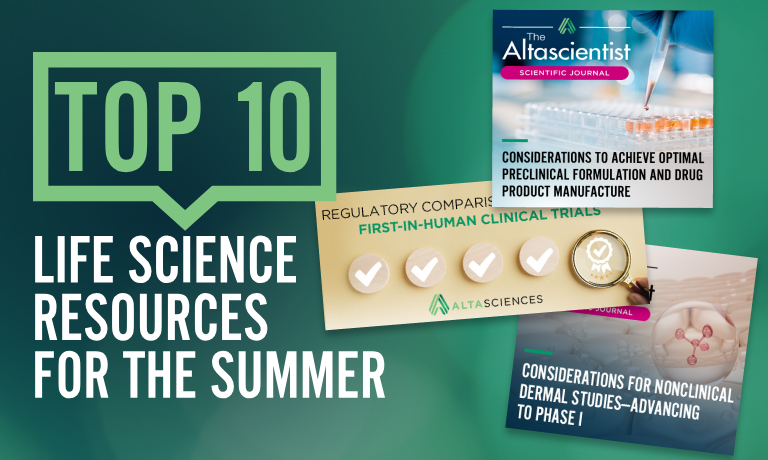Biosimilars and the Average Joe
Biosimilars — What are they, and why should general consumers care about them?
A biosimilar, as defined by the FDA, is “a biological product that is approved based on showing that it is highly similar to an FDA-approved biological product.” Biosimilars are almost like generics, which are drugs that are “identical—or bioequivalent—to a brand name drug in dosage form, safety, strength, route of administration, quality, performance characteristics, and intended use.” The differences between generics and biosimilars reside in the complexity of the molecule, product manufacturing, and, unlike generics, biosimilars are not exact replicas of the reference drug. As a result, the data required by regulatory agencies to prove similarity and obtain approval is more arduous...
The pharma industry cares about biosimilars because, according to BioPharm International, biologics sales have grown from $20 billion in 2000 to $159 billion in 2014. Credit Suisse reported that biologics represent approximately 70% of the worth of the top 10 selling drugs in the world. At a 19% increase in sales across the global drug market over the last 14 years with an expectation of continued growth, biologics and biosimilars represent billions of dollars in revenue over the coming years. Forbes reports that the industry expects 10 of the top 20 global bestselling drugs in 2016 will be biologics.
Okay, so that’s all great for pharma companies, but why should the average Joe (or Josephine) care about biosimilars? The answer is simple: health and money.
Biosimilars, like generics, have the potential to save the healthcare system money because they are less costly than the reference biologic drugs. Additionally, biosimilars have the potential to become a significant economic driver for the industry; in fact, a Frost & Sullivan analysis predicts exponential growth over the next 10 years.
Biosimilars may also improve the outlook for patients because they have the potential to be significantly less expensive than their biologic counterparts, thereby making them more accessible to the patients who need them like the elderly and the uninsured/under-insured. Biologics and their biosimilar counterparts are used to treat a broad range of diseases including skin conditions, cancer, low white blood cell counts, rheumatoid arthritis, anemia and more.
The ramifications for clinical research are vast as well. Biologics, by nature of being such large molecules, are more complex products. Additionally, they’re extremely sensitive to the conditions of where and how they’re manufactured. Fortune compares them to snowflakes, where “the molecular makeup of each biosimilar treatment will look unique, like individual snowflakes, even though they all have similar outcomes.” This is where that bit about biosimilars being different than generics comes in. You can have two biosimilars for the same drug with the same use, but molecularly they will look and may act differently.
Not every clinical research unit can conduct studies with biologics since they require heightened safety assessment capabilities, physicians on-site to assess study volunteers daily and a rigorous quality control department.
You may or may not have heard very much about biosimilars before, but you can definitely expect to hear more and more about them in the coming months and years. With many of the leading biologic medications dropping off the patent cliff by 2020, the U.S. will be seeing the benefits of biosimilars sooner rather than later.



